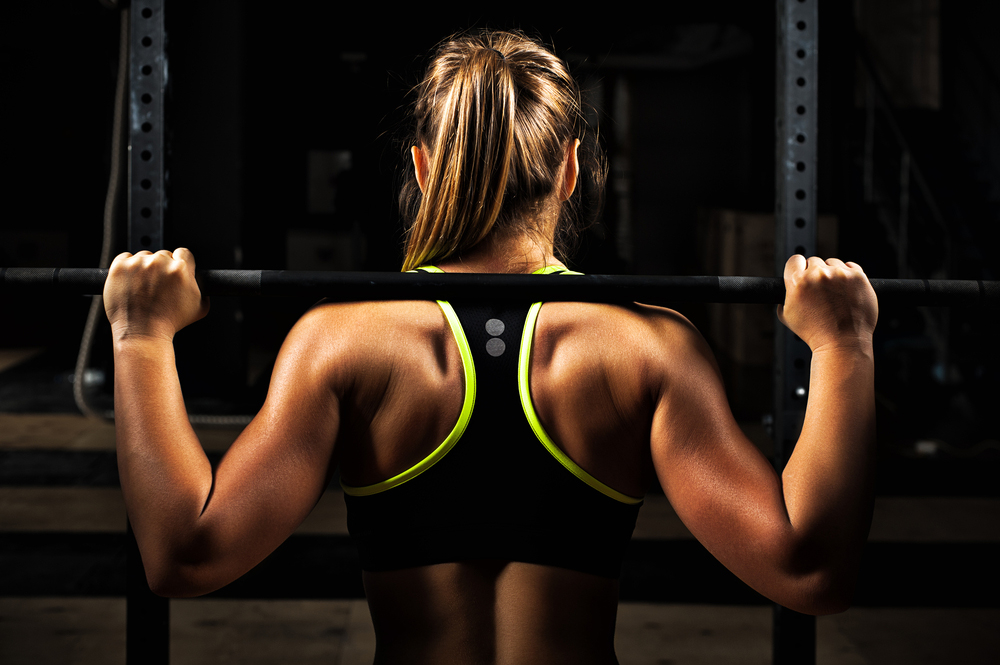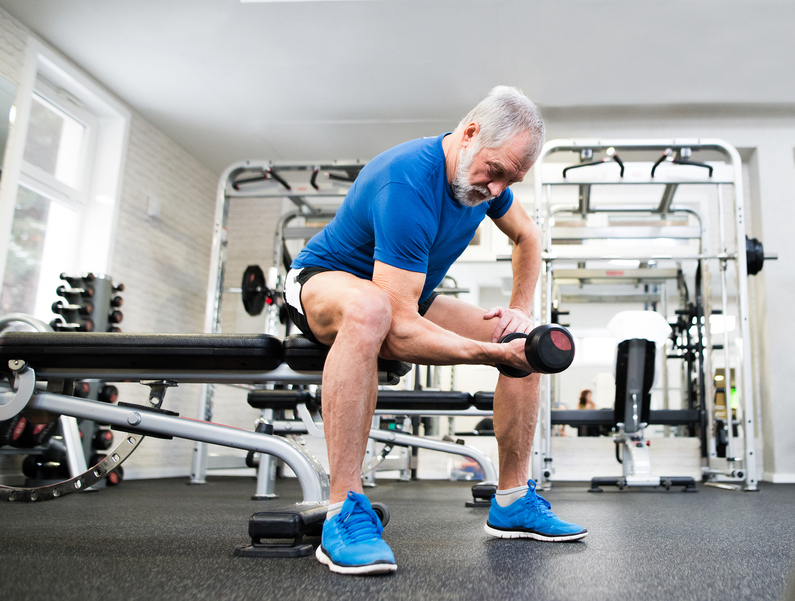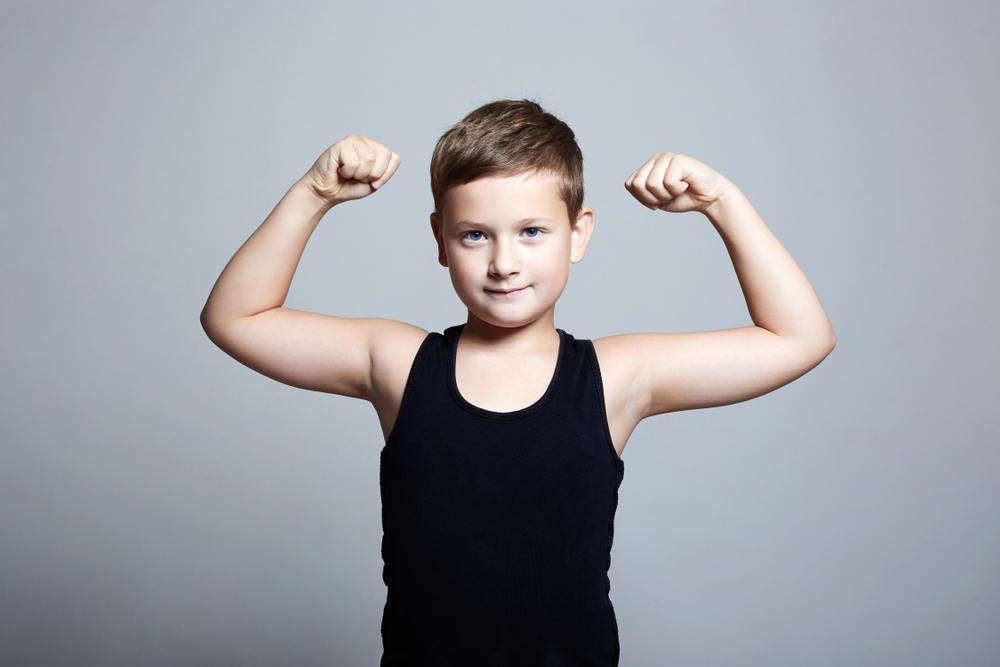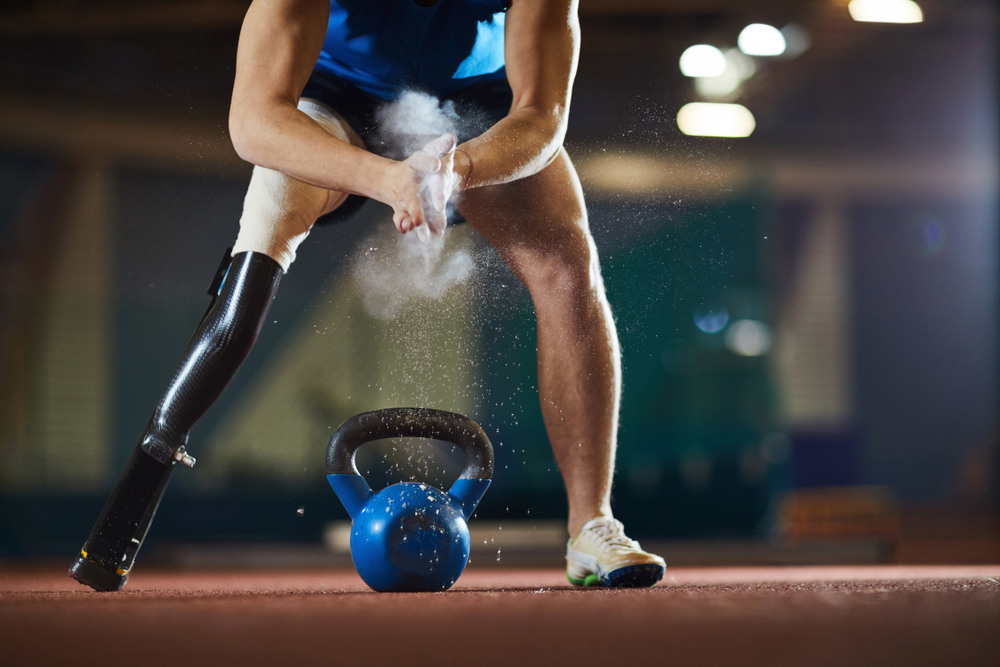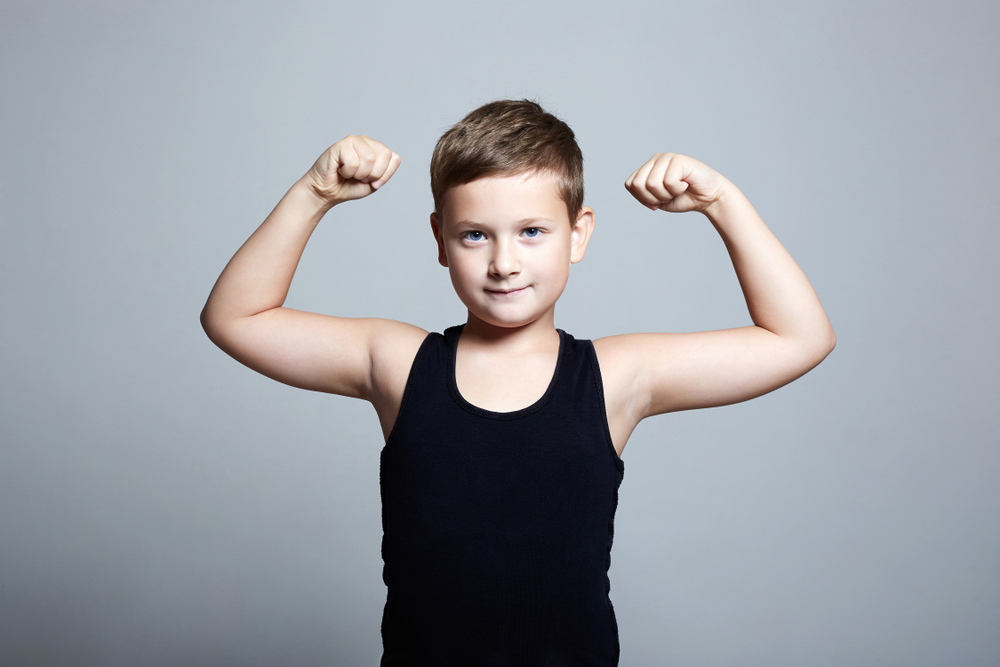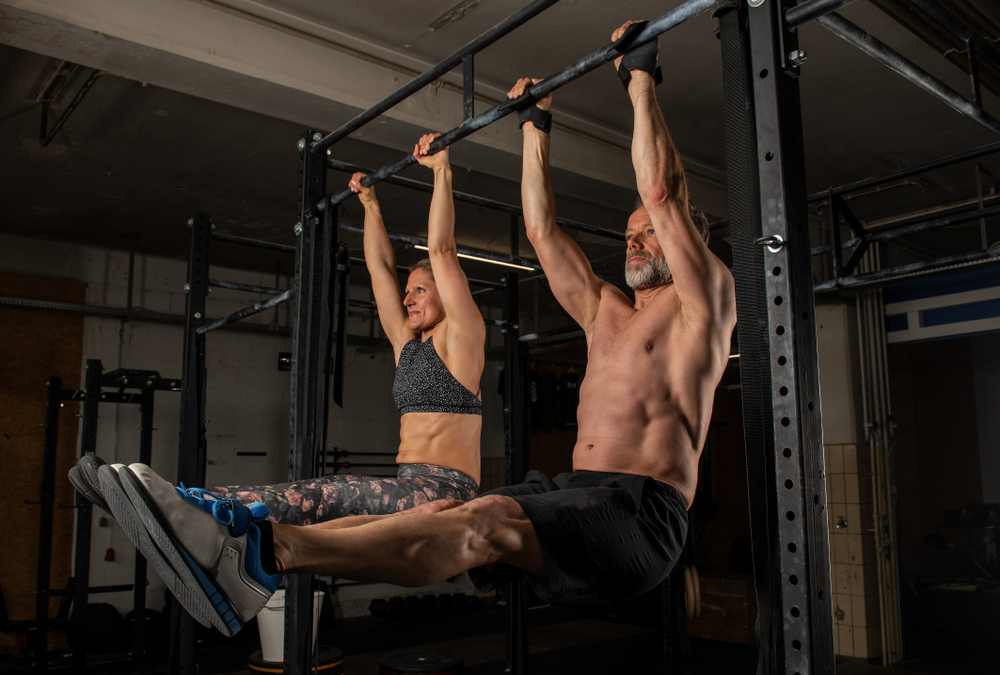More and more women are becoming interested in physical activity. While the rate of active women in this field was 10% at the end of the 1960s, more than half of women today are disciples of sport. Most of the time, they are oriented towards endurance sports, and artistic and flexibility activities : swimming, marathon, cycling, gymnastics, dancing, skating, etc.
For women, regular physical activity has many advantages. In particular, it helps to reduce pain during menstruation and to have a stable menstrual cycle(not always the case in high-level physical activity). Also, there is less risk of brittle bones and loss of muscle mass and strength in old age, which is common in sedentary women.
Women's strengths in sport
Women have long been underestimated in physical terms. However, they have certain qualities that men do not have, which makes it easier for them to do certain exercises.
Flexibility of the joints
Women are more flexible than men. This is why they are better suited to sports that require a high degree of mobility, such as gymnastics or skating. Performing this kind of movement requires less effort for them. This is due to the presence of oestrogen, which adds elasticity to ligaments and fibrous tissue.
Their morphology is also a major asset that increases their mobility. Indeed, with a wider pelvis, it is easier to increase the range of motion of the legs.
Stronger endurance
Under equal physical conditions, men are fast and strong when exercising, while women exhaust themselves less quickly. A study published in Applied Physiology, Nutrition and metabolism has in fact found less muscle fatigue in women than in men after performing certain exercises.
The physical disadvantages of women
Despite their strengths, women also have a few disadvantages.
Weak bones
Women's skeletons are more fragile than those of the opposite sex. Not only is it less massive, but it also has a calcium reserve capacity that is 50% lower than that of men. As a result, women have a higher risk of fracture or injury during exercise.
Low muscle mass
Women have 10% less muscle volume than men. This difference occurs from puberty onwards. Since the strength of a muscle depends on its mass, the strength that a woman can produce is lower.
Women's sport through the ages
The purpose and way of doing sport is certainly not the same for a teenage girl, a young woman and an older woman.
Physical activity for an adolescent girl
Doing sport from adolescence onwards allows females to control their bodies, feel accomplished and increase their self-esteem. It is also a way for them to express themselves. Most of the time, they opt for activities that allow them to gain social experience or simply to have fun rather than those that aim at competition. Often, the goal they mention is not to excel, but to foster camaraderie and fitness.
Thus, it is important to direct sports programmes towards activities that strengthen their social experience as well as increase their self-confidence.
However, the idea that women are physically inferior to men is ingrained in everyone from an early age. As a result, many girls lack confidence in their physical abilities during puberty. They then avoid non-mandatory sports activities. They start exercising much later, in adulthood.
By that time, men have already had several years of experience and are therefore more efficient. It is therefore necessary to make young girls aware of the effectiveness of physical activity.
Physical activity in adulthood
During the course of her life, a woman undergoes several morphological changes. The physical activities she performs will then have to adapt to these changes. From the age of 30, the female body tends to gain fat mass. From the age of 40 onwards, fat gains occur in the lower part of the body, particularly in the buttocks and thighs. During the menopause, there is often a sudden weight gain.
This is why the training sessions must be adapted to the various changes that may occur. One step that must be taken is to set goals. The exercises to be done to maintain a slimmer figure will be different from those done to lose weight.

